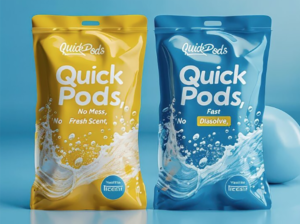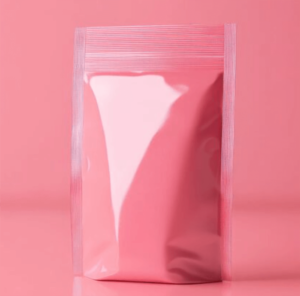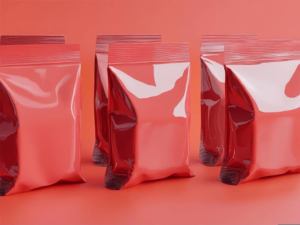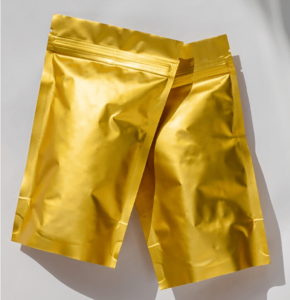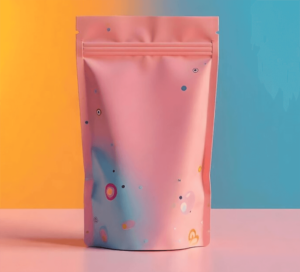Currently, relatively common new food packaging materials can be categorized into four types: biodegradable materials, edible materials, recyclable materials, and other packaging materials (such as novel nano-packaging materials). This article mainly focuses on the most researched and applied bio-based biodegradable materials and edible materials. In addition, it provides a brief introduction to active packaging and intelligent packaging, which are gaining increasing attention in the market, hoping to inspire future research directions and development trends in food packaging.
1、Biodegradable Materials
Biodegradation refers to the complete decomposition of carbon-containing compounds into low-molecular-weight enzymatic hydrolysis products under the action of microorganisms. Bio-based biodegradable food packaging materials are a new type of food packaging material made from food-grade renewable resources such as cellulose, starch, protein, chitosan, and lipids through techniques such as dry raw material kneading, multi-component blending modification, graft polymerization, and steady-state forming. Its most significant features are biodegradability, selective permeability, antibacterial properties, safety, and convenience.
According to the source of the material, it can be divided into natural polymer materials, microbial synthesis materials, chemical synthesis materials, and blended materials.
① Natural Polymer Materials
Natural biodegradable materials have obvious advantages, such as wide availability, low cost, excellent biocompatibility, safety, non-toxicity, and complete degradability. However, their disadvantages are also apparent. They are generally not heat-resistant, have poor mechanical properties, are difficult to process, and are challenging to form.
For example, cellulose is a natural polymer widely found in nature. Plants contain approximately 35% cellulose, and the Earth produces billions of tons of cellulose annually through photosynthesis. The cellulose required for industrial production mainly comes from wood pulp and cotton.
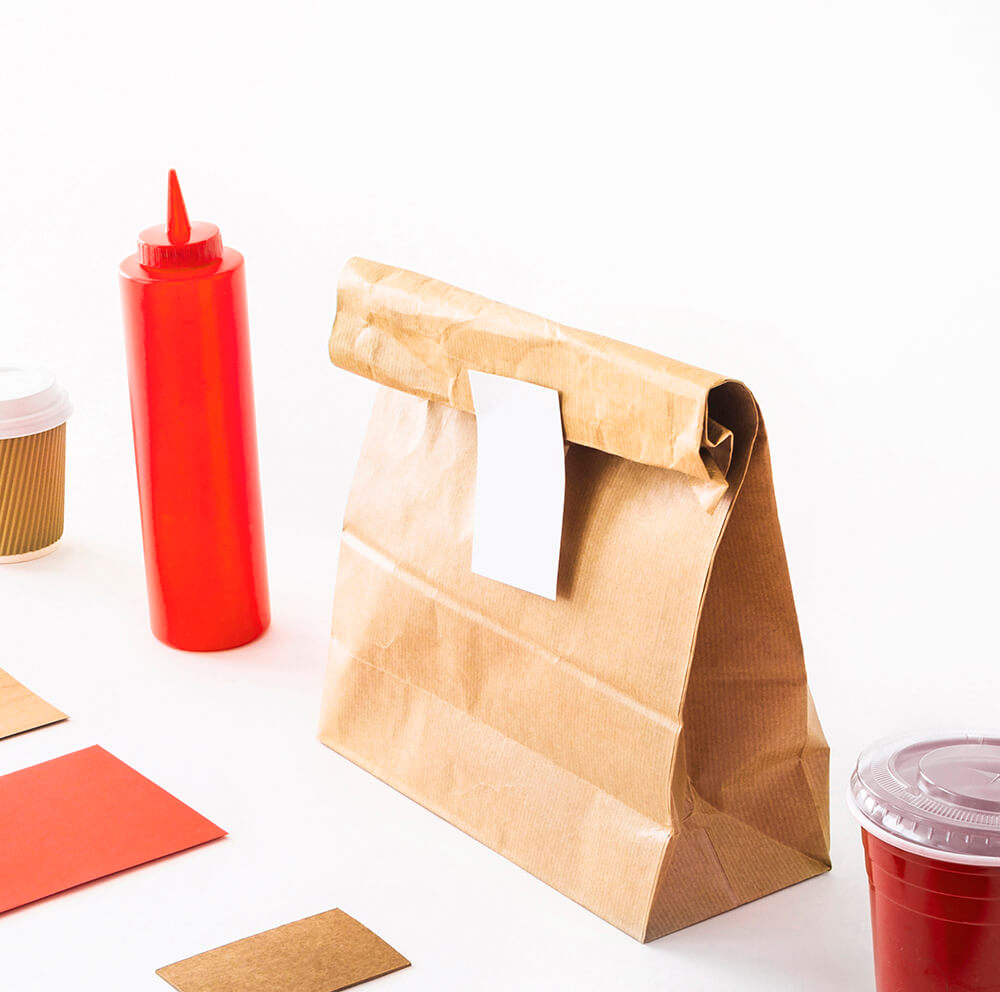
However, because naturally occurring cellulose has physical performance limitations, films made solely from it do not meet the requirements for water resistance and strength. Therefore, in many cases, it is blended with other polymers, such as deacetylated chitosan obtained from chitin.
In addition, nanofibrillated cellulose, prepared using physical, chemical, or biological methods, is a rigid rod-shaped cellulose with a diameter between 1 and 100 nm and a length of tens to hundreds of nanometers.
Nanofibrillated cellulose has good mechanical stability, degradability, renewability, and bio-adaptability, making it a high-performance material with great application potential.
② Microbial Synthesis Polymer Materials
Poly(3-hydroxybutyrate-co-3-hydroxyvalerate) (PHBV) is a thermoplastic bio-based polyester synthesized by prokaryotic microorganisms under conditions of imbalanced carbon source and other nutrients. It has many characteristics, such as good biodegradability, biocompatibility, and optical activity.
The British company ICI was the first to obtain PHBV and its derivatives through microbial fermentation. The Tokyo Institute of Technology in Japan has also developed polyhydroxybutyrate (PHB).
However, the structural characteristics of bio-based polyesters also determine some performance defects, such as poor thermal stability, high crystallinity, easy adhesion of nascent fibers, brittleness of products, and poor hydrophilicity. Moreover, both of these materials are relatively expensive.
Currently, many studies are being conducted on structural modification and fiber formation of PHBV to improve the thermal properties and processability of PHBV materials and enhance the service performance of products.
③ Chemical Synthesis Polymer Materials
Polylactic acid (PLA), fermented and polymerized from natural plants such as corn, wheat, potatoes, and beets, as well as their organic waste such as roots, stems, and leaves, is also a research hotspot for biodegradable food packaging materials.
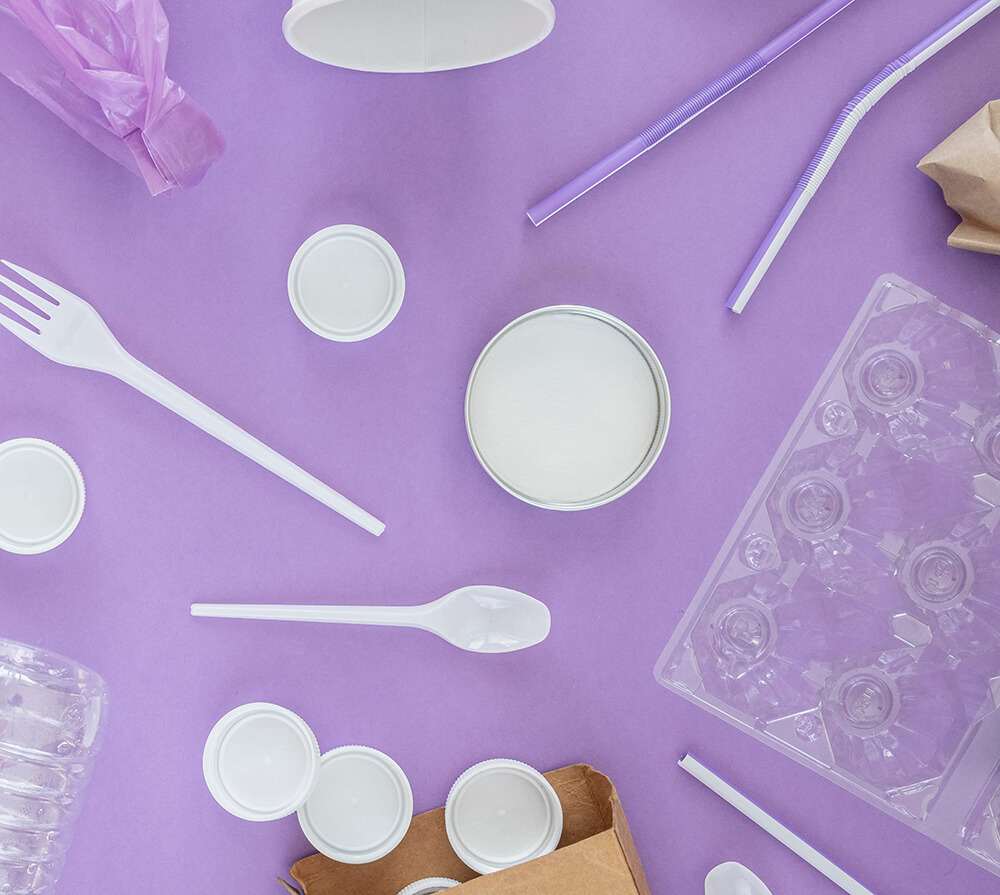
Polylactic acid is an aliphatic polyester polymer material with bio-adaptability and degradability. Under natural conditions, it can undergo hydrolysis, and the molecular skeleton breaks down, forming components with relatively low molecular weights, which are further degraded into small-molecule lactic acid monomers and eventually completely degraded into carbon dioxide and water, re-entering the ecological cycle without any toxic side effects on the environment. Food cups made of polylactic acid can be completely decomposed in just 60 days.
Polylactic acid can be processed into fibers and films with excellent mechanical properties. Its strength is roughly equivalent to that of nylon and polyester fibers, making it suitable for various processing methods such as blow molding and thermoforming. It is easy to process.
In addition, polylactic acid has good moisture resistance, grease resistance, and airtightness, and its performance is stable at room temperature. Polylactic acid is likely to replace traditional plastic packaging in the future, with broad application prospects.
Starch plastics refer to materials containing more than 90% starch, and the other added components are also completely degradable. Currently, companies such as Sumitomo Corporation (Japan), Wamer-Lamber (USA), and Ferrizz (Italy) claim to have successfully researched and developed full-starch plastics with a starch content of 90%-100%, which can be completely biodegraded within one month to one year without leaving any traces.
The production principle of full-starch plastics is to denature and disorder the starch molecules, forming a starch resin with thermoplastic properties, hence it is also known as thermoplastic starch plastics.
The potential advantages of developing biodegradable plastics using starch as a raw material are: starch can be completely biodegraded in various environments. The biodegradation products are carbon dioxide and water, which are harmless to the environment. Appropriate processes can enhance the mechanical properties of the material.
④ Blended Polymer Materials
Blended biodegradable materials refer to polymer materials made by blending or copolymerizing two or more natural or synthetic degradable materials, at least one of which is a degradable component.
For example, Wamer-Lamber’s “Novon” in the United States is a typical blended material. It is made from corn starch as a raw material and added with degradable polyvinyl alcohol. It has good formability and can be used to manufacture various containers, films, garbage bags, and bottles. At the same time, it can be completely biodegraded within one month to one year, making it a very promising material.
Currently, most of the starch plastics produced in China are filled starch materials, that is, a certain proportion of starch is added to non-biodegradable polymer materials. The degradation of the product relies on the degradation of starch, which causes the framework to collapse, but the non-degradable components cannot be degraded and will still pollute the environment. For this type of material, foreign countries have excluded it from the scope of biodegradable plastics.

2、Edible Packaging Materials
Edible packaging materials include edible packaging films and edible inks. Edible packaging film is a non-toxic, edible packaging material made from protein, fat, polysaccharide, and other bases that can preserve food. This material mostly exists in the form of a film. The biggest feature of this packaging is that, in addition to having the function of packaging food, it can also be eaten by animals and humans.
Edible packaging is generally made of edible materials, such as starch and protein, formed by combining, heating, pressurizing, coating, extruding, and other methods, to produce packaging films that do not affect the flavor of food.
Edible ink achieves edibility by changing the composition of pigments and binders. For example, pigments are mainly extracted from natural animal and plant pigments, such as gardenia yellow and safflower yellow. Binders are taken from vegetable oils, such as peanut oil and salad oil, or liquid sugar. This material is not only harmless to humans but also has no pressure on the environment and can be easily degraded.
According to the raw materials of the packaging material, it can be divided into starch type, protein type, polysaccharide type, fat type, composite type, and vegetable type.
① Starch-Based Packaging Films
This type of material mainly uses corn, sweet potatoes, potatoes, konjac, and wheat as raw materials. The starch components are mixed with a certain proportion of adhesive, and then processed by casting or hot pressing. The adhesives are mostly natural, non-toxic plant gums or animal gums, such as gelatin, agar, and natural resin gum.
② Protein-Based Packaging Films
The main raw materials for this type of material are soybeans, corn, wheat, and whey. Soybean protein isolate, with glycerol as a plasticizer, can be made into soybean protein isolate films under acidic and alkaline conditions, with good mechanical properties and water resistance. Corn zein can form irregular linear groups in a mixed solution of water and alcohol. After evaporating the solvent using an evaporation process, a film with good transparency and a smooth surface can be obtained.
This type of film has good antibacterial properties, oxygen permeability, water resistance, UV resistance, and oil resistance, which can well extend the shelf life of food and is very suitable for the packaging of refrigerated food.
③ Polysaccharide-Based Packaging Films
Polysaccharide packaging films mainly utilize the gelling effect of polysaccharide foods. It is made by pressing starch, cellulose, or chitosan as the main raw material, with the addition of a certain amount of edible plasticizer. Polysaccharide macromolecules have a relatively stable structure, which is convenient for transportation.
Summary
Although many countries have made great progress in the research and development of degradable and edible packaging materials, their practical application needs to be further improved. For example, the hardness and toughness of some materials are not ideal, and the production process needs to be more perfect. In addition, although the raw materials of some materials are relatively widespread and cheap, the cost of the production process is not low. How to reduce production costs is also one of the key issues limiting the application of degradable materials.
[1]Explore this link to discover cutting-edge innovations in biodegradable materials that are transforming food packaging and sustainability.

